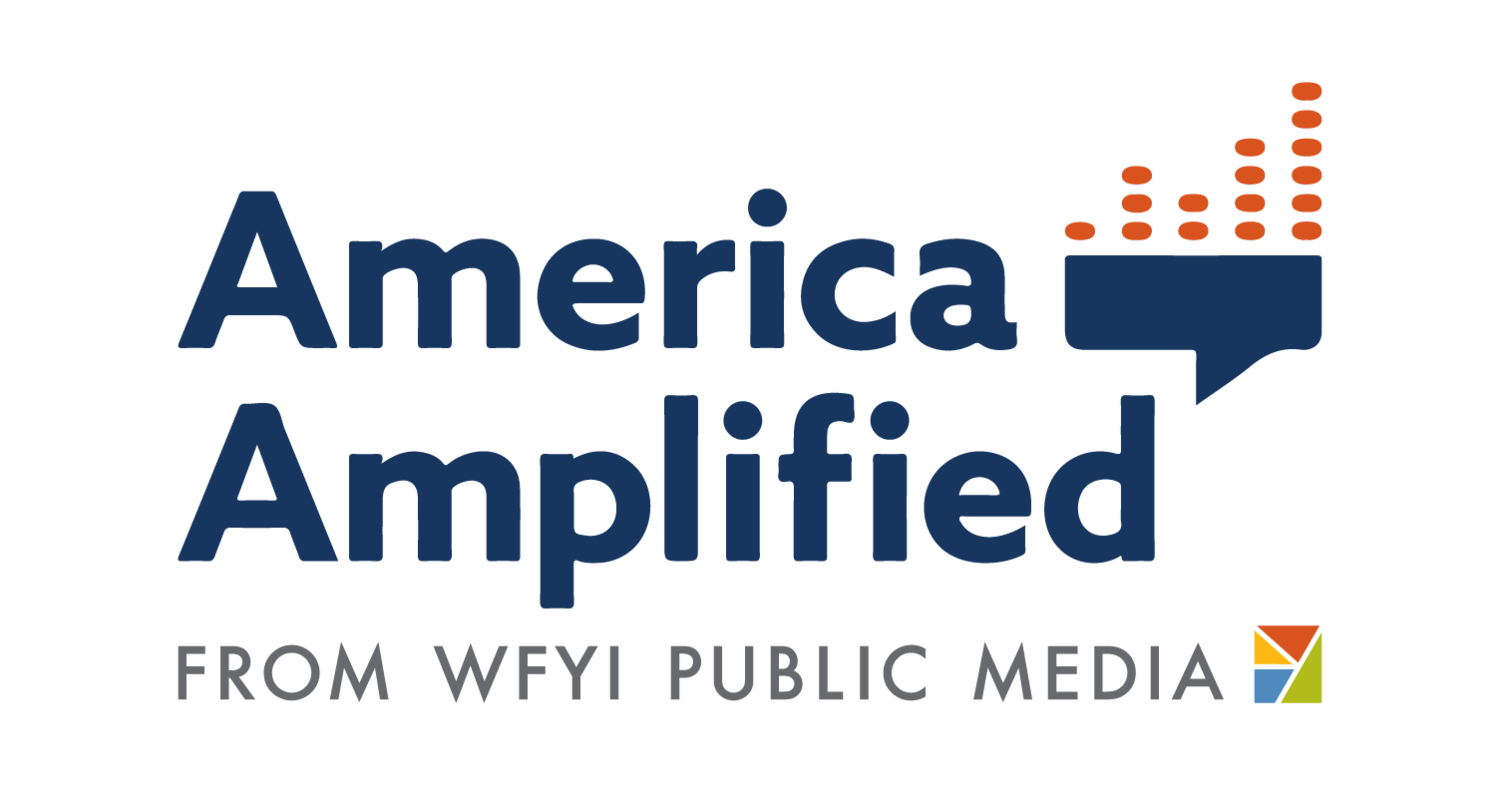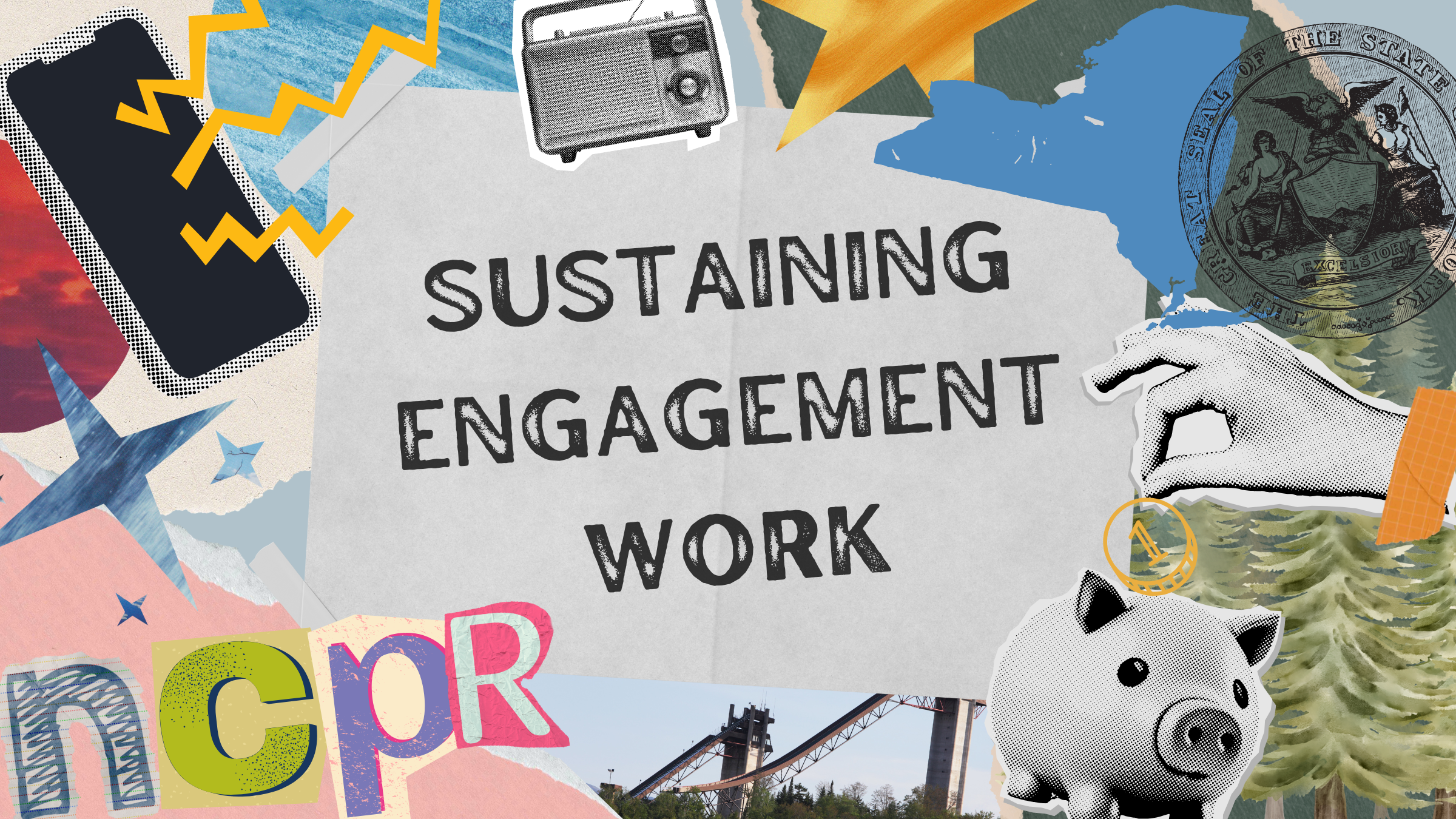How North Country Public Radio made the case and found the budget for a community engagement producer
“Goofy, silly ideas can be an amazing way to build audience.”
Project Summary:
North Country Public Radio in upstate New York recently hired a full-time community engagement reporter/producer. This hire came as a result of changes at the station in the wake of the pandemic, and the realization that engagement could yield content that better reflected their community, often delighted their audience, and won awards.
Community engagement at NCPR started with one person: Amy Feiereisel. Feiereisel started working part time at NCPR in 2016, paid by grants and short term funding. She was in charge of an oral history project called North Country at Work.
When the pandemic hit, and all reporting moved to virtual, station news staff scrambled to substitute the in-person, out-in-the-community journalism that had become impossible due to social distancing. So they thought: how about a google form survey of our community? It was a super simple survey at first, published on the website, with on-air promos and social media promotion. But it got an unexpectedly huge response! NCPR reached sources they’d never reached before, with new levels of geographical diversity.
Feiereisel combed through the answers and started calling people for stories. They discovered that she had a superpower – she’s great at cold calling people and getting them to talk to her. She was brilliant at getting people's stories.
NCPR News Director David Sommerstein said they loved the results of this one survey and decided – this is what we’re going to do. Community engagement reporting, understood as “giving the public many ways to interact with our newsroom, and the newsroom listening and responding back in turn.”
But the problem was, they had to find a way to pay for it.
The Objective:
Make service to the local community a priority and invest money in that effort.
The Challenge:
Convince station leadership that this kind of engagement was worth funding and building into the fulltime workflow of the station.
The Solution
Sommerstein explained: “We knew we had the right person in Amy. Her stories were winning awards, and that helped to demonstrate to General Manager Mitch Teich, and to other listeners and funders, that this work was important. Amy and I made a presentation to the station’s Executive Council [NCPR’s Community Advisory Board] about the importance of community engagement, the importance of community and audience building through her work. We stressed the urgency of the issue – if they didn’t find a way to bring her on full-time, we might lose her. “
They convinced their Executive Council and the finance department at their licensee, St. Lawrence University, to believe in this work – with much less arm twisting than usual, says GM Teich. He said the station made some strategic budget decisions to cut some programming and eventually found enough savings to cover a community engagement reporter’s salary. Because Feiereisel and her work had champions on both the EC and in the finance hierarchy, once the budget issues were solved her appointment sailed through the university bureaucracy.
NCPR now has a robust list of news series and one-off stories rooted in community engagement. Their engagement workflow begins with asking for their community’s input and ideas BEFORE the story gets started. They accept and incorporate public response into future reporting by listening to feedback after stories have aired. And they are extremely flexible in engagement strategies: it “looks like public forums, calling up listeners, papering a town with posters, online surveys, interactive texting apps and social media call-outs,” according to Feiereisel.
A recent series “Imperfect Solutions: Rural Health Care in the North Country” started with an on-line a survey about healthcare in their region and text tree survey to members of their Groundsource texting club. They had over 250 responses in the first 48 hours!
Hi there! This is the NCPR Newsroom, with some questions about healthcare. 🚑The challenges of rural health care, in places like the North Country, come from every conceivable angle….
The NCPR newsroom is diving into all things healthcare for our next big news series, and we want to hear from YOU. Your responses will help us shape our coverage and inform our reporting.
TEXT 2:
Great! Let's get started. Of these six healthcare topics, which do you MOST want to know more about and hear reporting on? Text the number back to us.
(1) Addiction
(2) Healthcare in Prison
(3) Maternal Care
(4) Regionalization/Consolidation of care/transportation
(5) Elder care and access to care for the aging
(6) Mental health
The Takeaways:
Audiences love these stories, like the North Country Ice Cream Map, created after community members texted into the station their favorite place to buy ice cream. Feiereisel says, “ People love to help build something, and goofy, silly ideas can be an amazing way to build audience. “(They also produced a map of murals and public art!)
The process of reaching out to ask people questions builds more engagement. Every time the station picks a different subject, new people join the Texting Club, different people fill out the survey. Although NCPR doesn’t have the tools to track this, they believe these strategies build audience and affinity to NCPR.
Start with the cheap (free) stuff. Surveys are free and easy to produce. They give you dozens of new sources to reach out to and interview. Go visit some of them in person. Just make sure you report back the findings via radio and digital.


